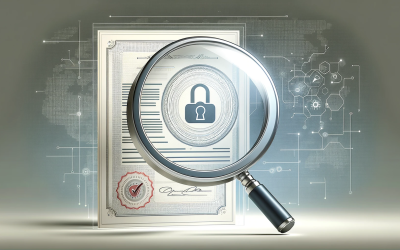The NIS 2 directive, or Network and Information Security 2, represents a major evolution in strengthening cybersecurity across the European Union. Adopted to address an increasing number of cyber threats, this directive must be applied in each EU member state starting...
NIS 2 Guide – 2025: Strengthening Your Organization’s Cybersecurity
Why is the NIS 2 Directive crucial for cybersecurity? The NIS 2 Directive (Network and Information Security) came into effect on January 16, 2023, within the European Union, replacing the initial NIS Directive of 2016. This updated regulation addresses the growing and...
8 Key Steps to NIS 2 Compliance
The NIS 2 Directive marks a significant advancement in cybersecurity and cyber-resilience in Europe. In the face of escalating cyber threats, it is essential for affected entities to achieve compliance to protect their critical infrastructures. What are the stakes of...
What is SecNumCloud qualification?
As the security and sovereignty of the cloud stir debates in the EUCS project, SecNumCloud qualification remains a benchmark in selecting a highly secure cloud solution. SecNumCloud: A Security Qualification In 2016, the ANSSI (National Agency for Information System...
Cybersecurity: What is a Security Certification?
Security certification for digital products and solutions is a hallmark of reliability. What does this certification entail, and how does it ensure a high level of cybersecurity? Definition of a Security Certification Security certification for computer solutions and...
How to Assess the Credibility of a Security Certification?
To prove their dependability, IT solutions may acquire a security certification. This becomes a significant advantage in the IT market, especially in an era where cybersecurity is a key concern for organizations. However, how can one ensure the credibility of a...






